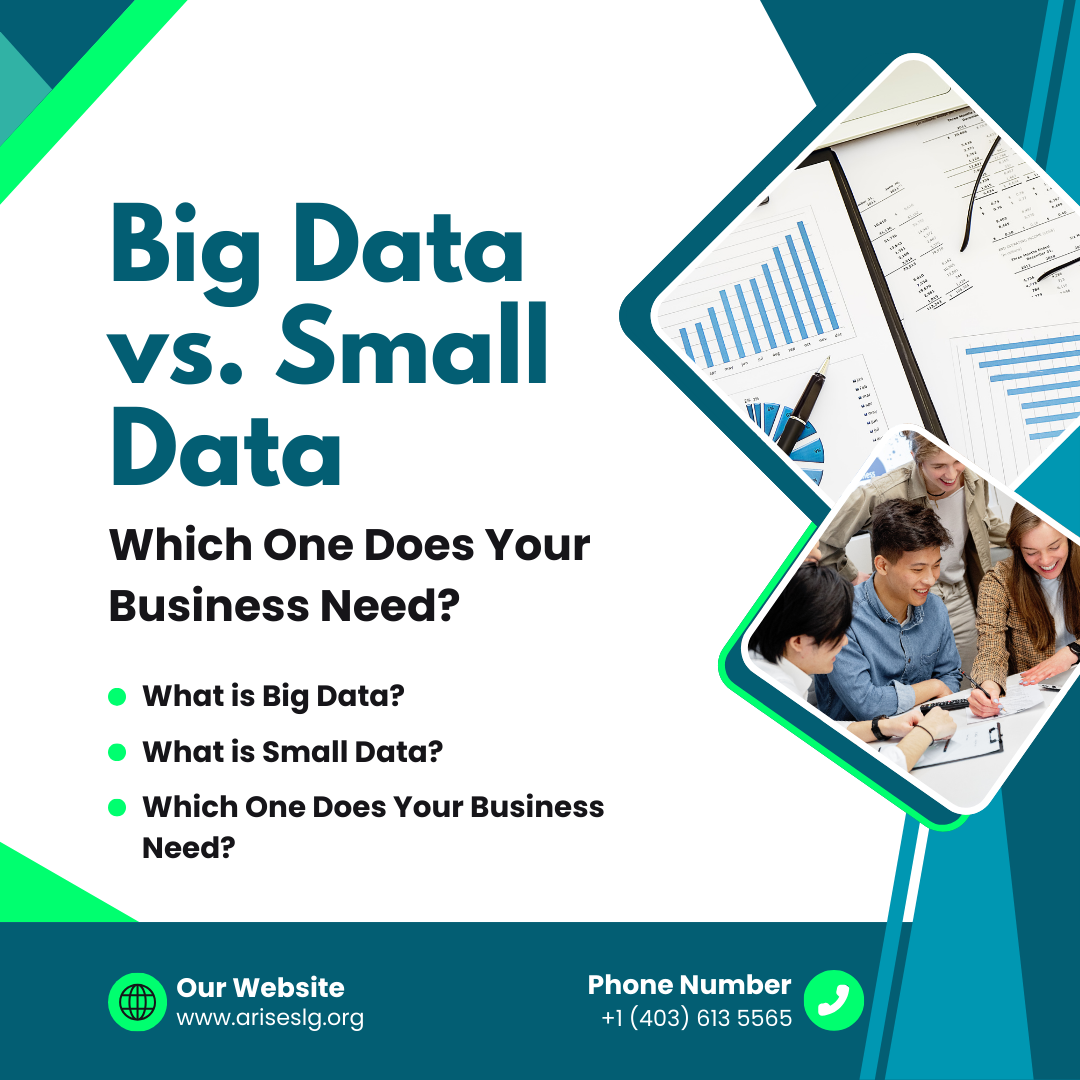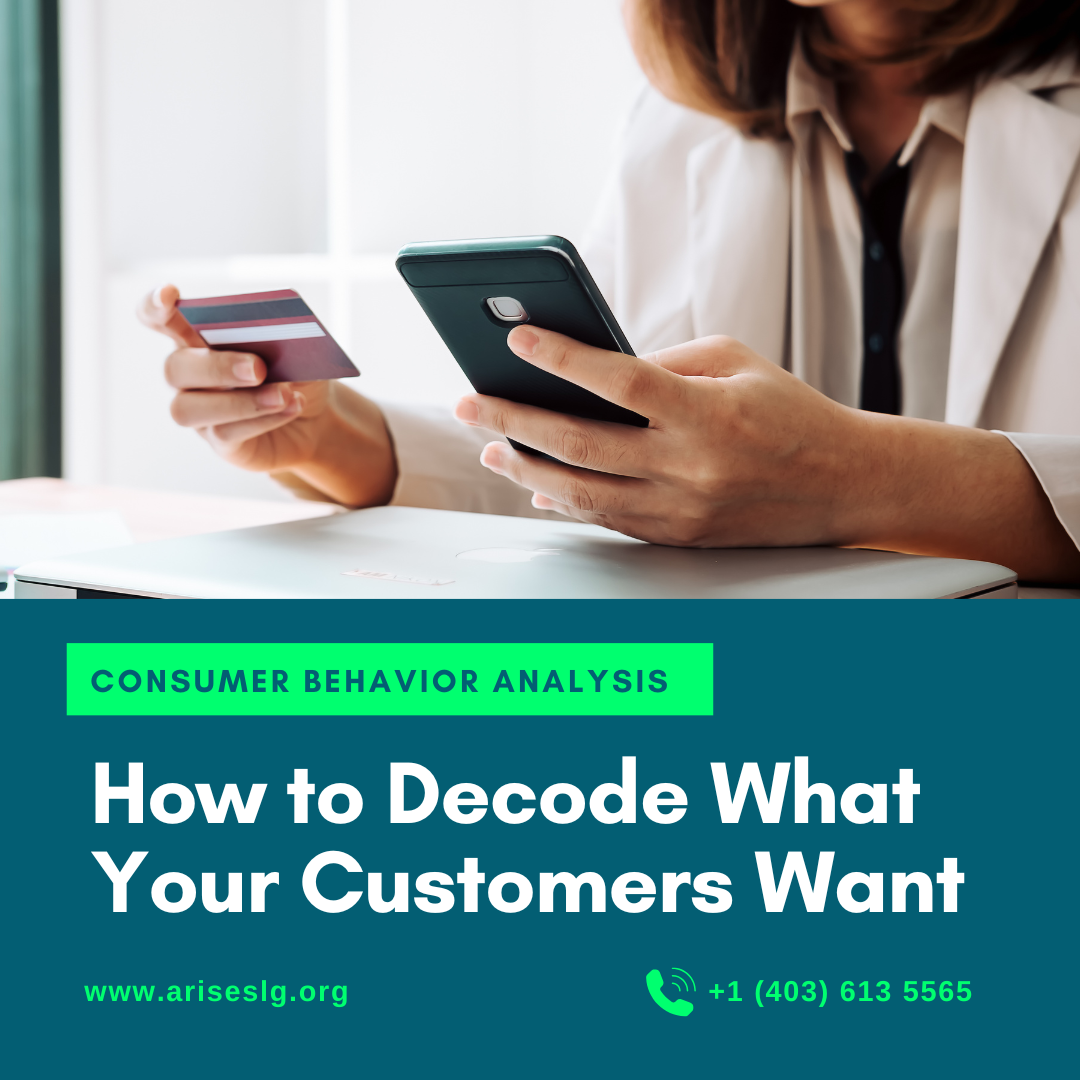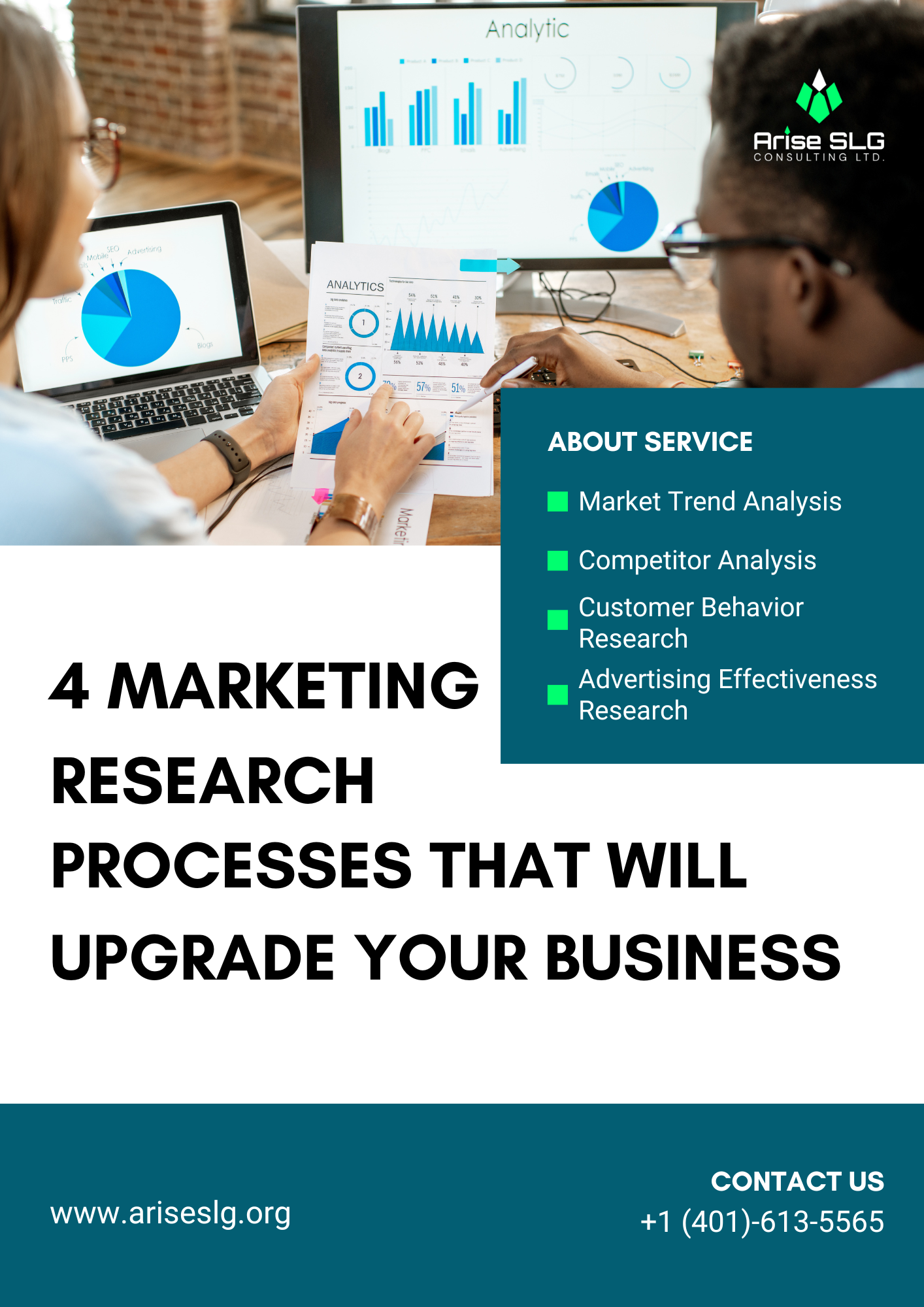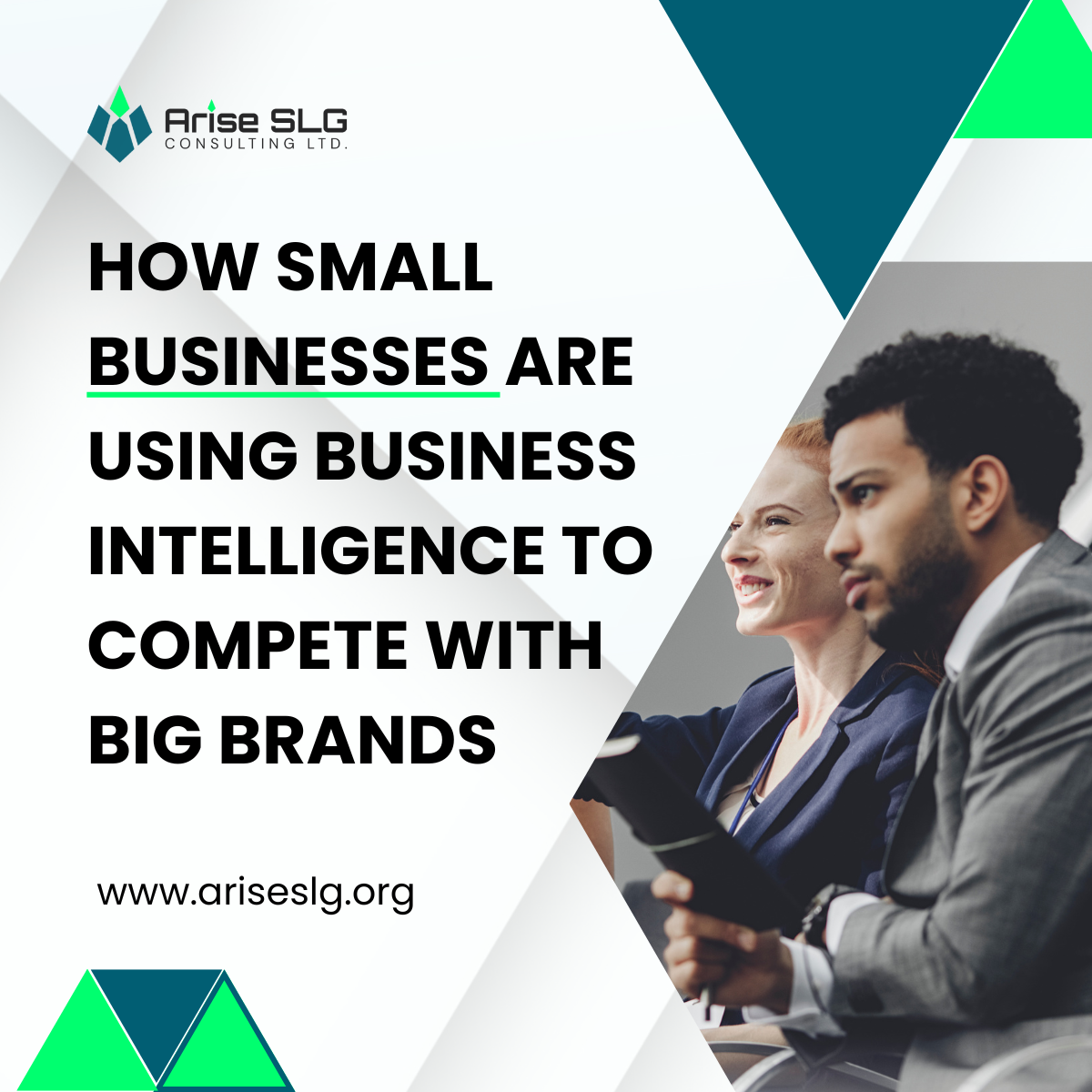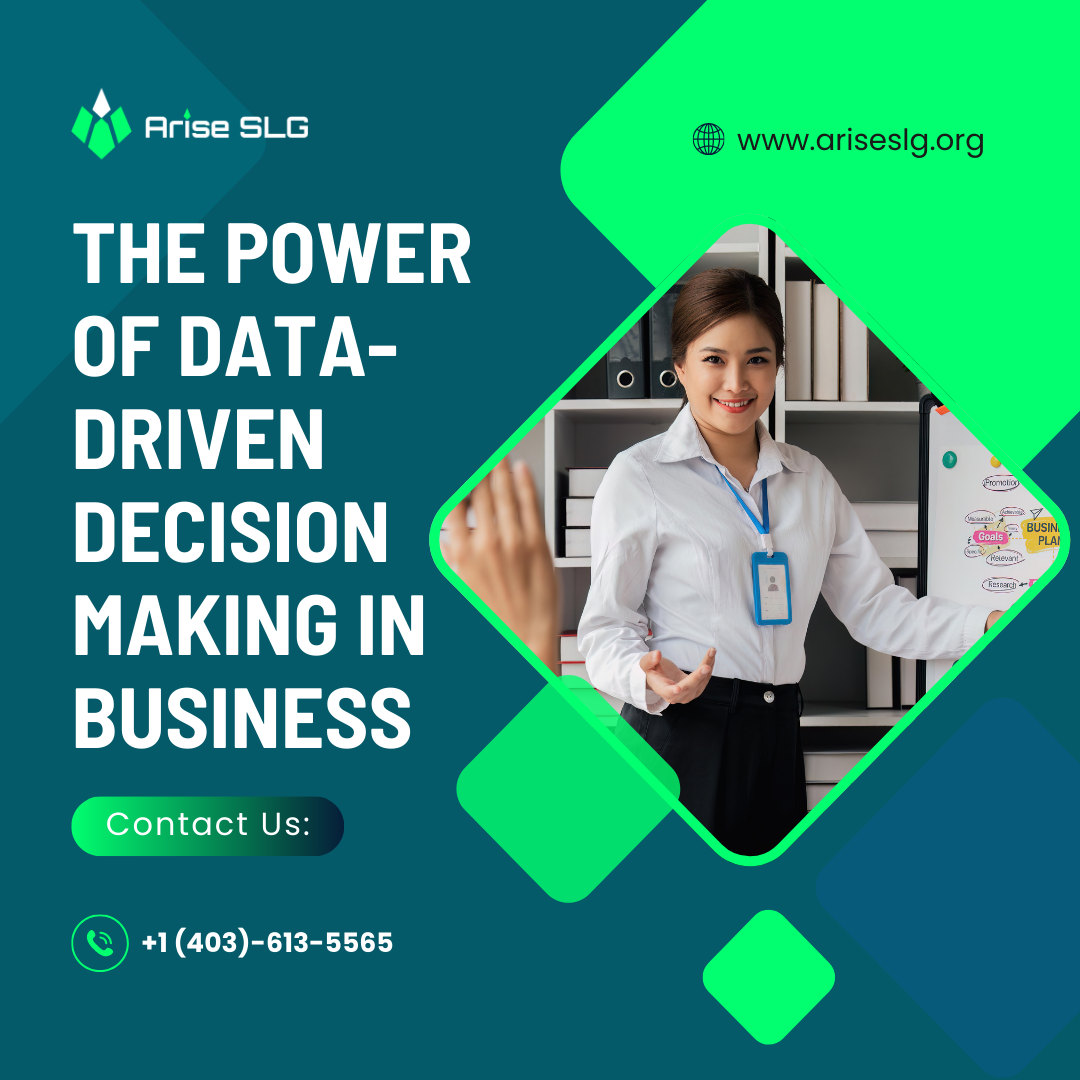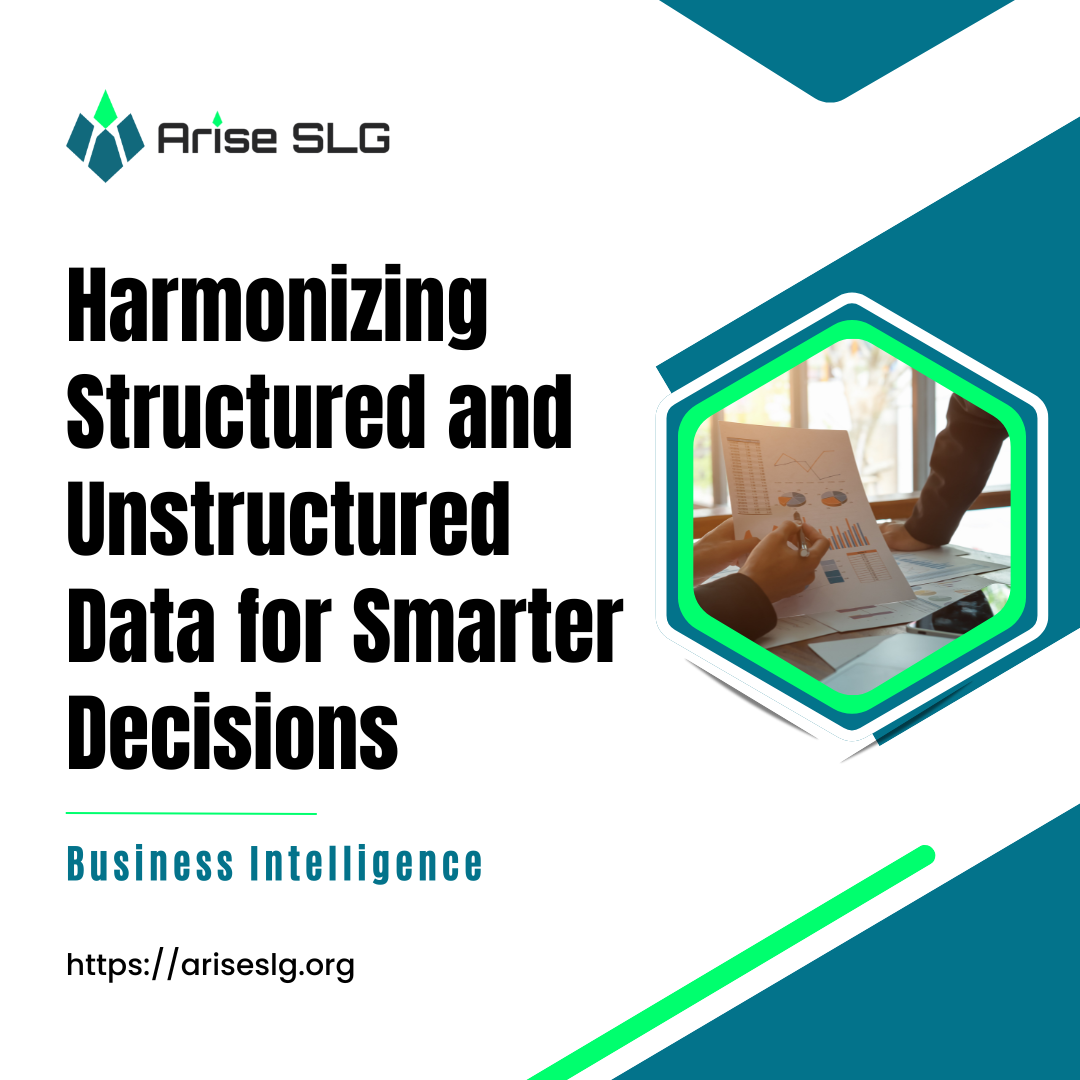Have you ever wondered why a small company like Five Guys can still compete with McDonald’s? Or how a local coffee shop survives even when Starbucks is right down the street?
Big brands have money, influence, and massive marketing budgets. But small businesses can still win, and they’re doing it with Business Intelligence (BI).
Think of David and Goliath. Goliath had strength, but David had strategy. That’s what BI does for small businesses, it gives them a winning strategy to compete, not just survive.
So, how are small businesses using data to grow smarter and outplay big brands? Let’s dive in.
What is Business Intelligence (BI)?
Business Intelligence (BI) is the use of data to make smarter business decisions. Instead of relying on guesswork, businesses analyze customer behavior, sales trends, and market patterns to stay ahead.
With BI, businesses can understand their customers better, track their best-selling products, and identify peak sales hours to create targeted promotions. It also helps predict future trends, allowing small businesses to adjust quickly before big brands do.
More importantly, BI reveals why customers stay—or leave, helping businesses improve customer experience and boost loyalty. While big companies have entire teams for this, even small businesses can now access these insights using simple tools and strategies..
Let’s break down the real ways small businesses are using BI to win.
- Knowing Your Customers Better Than Big Brands
Example: A Small Coffee Shop vs. Starbucks
Imagine you own a small coffee shop. Your customers love your drinks, and business is good. But then, a Starbucks opens nearby.
Instead of panicking, you use Business Intelligence to get smarter.
👉 BI Insight: You track customer data and discover that 80% of your customers visit between 7:30 AM – 9:00 AM on their way to work.
💡 Smart Move: You introduce a Grab & Go Breakfast Combo with fast service, so busy workers don’t have to wait.
👉 BI Insight: Your data also shows that customers love personalized service.
💡 Smart Move: You create a VIP Loyalty List where regulars get a free coffee after every 10 purchases. Starbucks may have an app, but you have personal connections.
📊 Results? Your coffee shop stays profitable, personal, and preferred—even with Starbucks next door.
2. Using Data to Offer What People Want (Before Big Brands Do!)
Zara is a fast-fashion giant. They predict trends months ahead using global supply chains. How does a small boutique compete?
👉 BI Insight: The boutique tracks Google Trends and sees that “African Print Jumpsuits” are trending.
💡 Smart Move: They quickly source and stock those designs before Zara even reacts.
📊 Results? They sell out first while big brands are still deciding what to stock.
A simple Google search, Instagram poll, or website analytics can tell you what your customers want, so you can act before the big brands.
3. Smarter Pricing & Promotions with Data
Domino’s can afford to undercut competitors on pricing. But a small restaurant can use BI to create smarter deals.
👉 BI Insight: Sales data shows that many people buy pizza, but hesitate to order side dishes.
💡 Smart Move: The restaurant bundles sides with pizza at a discounted rate.
👉 BI Insight: The data also shows that weekends are peak order times.
💡 Smart Move: They introduce limited-time weekend offers to increase sales.
📊 Results? They increase revenue per customer without dropping prices like Domino’s.
4. Using BI to Build Long-Term Customer Loyalty
Unlike big brands, small businesses can build personal relationships—but data makes it even stronger.
👉 BI Insight: Tracking repeat purchases helps you identify your most loyal customers.
💡 Smart Move: Reward them with exclusive VIP discounts, birthday gifts, or priority service.
📊 Results? A customer who feels valued will never leave, even for a cheaper option.
How Can You Start Using BI Today?
You don’t need expensive tools to start. Here’s how:
🔹 Track Your Sales & Customers – Use free tools like Google Sheets, Square, or Shopify to see trends.
🔹 Use Social Media Insights – Check which posts, products, and offers get the most engagement.
🔹 Read Google Reviews & Customer Feedback – See what customers love (or don’t) about your business.
🔹 Check Google Trends – Search for trending keywords in your industry to stay ahead.
Big brands have the money. But small businesses have speed, personalization, and community trust.
By using Business Intelligence (BI), you can:
✅ Know your customers better than big brands
✅ Adapt quickly to new trends
✅ Offer better deals and experiences
🚀 At AriseSLG, we help businesses use Business Intelligence to grow smarter, faster, and stronger.
👉 Need data-driven insights to compete with the big guys? Let’s talk.
📩 Contact us today at AriseSLG.org and start using Business Intelligence to win!
#dataanalytics #personalization #customerexperience #AriseSLG #businessintelligence #data #ariseslg #smartinsights #BI #datadrivendecisions #strategicgrowth #insights #predictiveanalytics #customerengagement #powerbi #machinelearning
